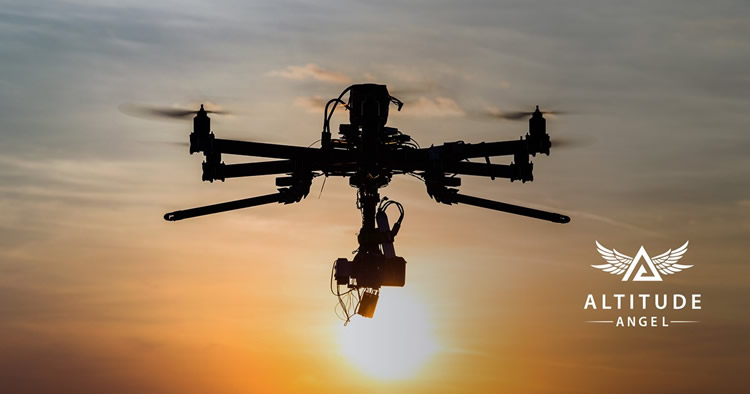
A consortium led by BT has won the Future Flight Challenge Fund competition backed by the Government’s Industrial Strategy which aims to revolutionise the way drone technology is used in the UK.
BT, Altitude Angel and several other UK tech start-ups have formed a joint venture called Project XCelerate which is establishing the UK’s first commercial drone corridor in unrestricted airspace over Berkshire. In the summer of 2021 the consortium plan to use the corridor to run trials to demonstrate drone flight safety in airspace currently used by human piloted aviation.
The demonstrations will focus on key industry use cases such as urgent medical deliveries, rapid response for emergency services and infrastructure inspection work safely in real-world scenarios. Joining BT and Altitude Angel as part of the consortium are: drone technology experts from Dronecloud, HeroTech8 and Skyports, cyber security provider Angoka, and end user experts SkyBound Rescuer and DroneStream.
UK mobile network operators have been assessing a multitude of B2B use cases that could possibly see a wave of innovation resulting from the introduction of 5G. Commercial drones is relatively high on that list, so understandably BT/EE in this case is establishing itself as a central player in those new value chains.
5G technology is perfectly suited for drone connectivity
BT/EE’s 4G and 5G networks will be used in the trials to provide radio connectivity to the drones. Since the birth of 5G networks concepts in the last decade, drones have been one of the use cases that 5G will bring about a revolution in public service and private markets. A major advantage of 5G for drones is the lower latency rate of 1 millisecond in comparison to 4G where average latency is around 50 milliseconds, meaning more ‘real time’ control. Due to 5G’s large bandwidth, drones can stream extremely high volumes of data such as HD video content and operate at higher altitudes. In addition to this, the software that BT/EE use for 5G is a new generation of digital systems that can easily interface with other company’s systems to automatically provide and receive essential data about the required service characteristics for each drone.
5G will support several new technologies which will expand the commercial capabilities for drones, unlocking new B2B revenue opportunities for the first time:
- Unmanned Traffic Management (UTM) aims to become a globally standardized technology, whereby 5G networks are integrated with aviation traffic management systems to ensure the safety and security of commercial drone operations. Consortium partner Altitude Angel is a leading expert in UTM platforms with its Arrow solution, which will interface directly with BT/EE’s 5G systems.
- Sensor Data Transmission (SDTX) is essential for transmitting data to network connected ground stations beyond the base station of the pilot. This means that live HD camera feeds and telemetry data from the drone’s sensor payload data can be processed extremely quickly.
- Beyond Visual Line of Sight (BVLOS) is a term used for a group of service requirements which allow drones that are currently restricted to short range, low-altitude flight within the line of sight of a pilot, to travel much further under remote management. The density of 5G radio networks will allow safe control of BVLOS operations without loss of signal at any time. As part of the BVLOS package BT/EE will provide GPS location, remote identification, command and control, redundant geo-awareness, and live notifications sent directly to drones in-flight.
In successfully demonstrating all of these capabilities within the flight corridor, the Project XCelerate partners will have excellent real-world evidence of safe drone operations which could form the basis of compelling commercial products or service offerings in the future.
Research Analyst/ Technical Writer
Dean Ramsay is an analyst, consultant and writer with over 20 years’ experience in the telecoms industry. After a decade of building global B2B telco networks and software ecosystems, he has as an analyst written widely on topics such as 5G, network virtualisation, IoT and next generation operating models. In his role as Head of Research at Telecoms Tracker he is a trusted advisor to the world’s largest telecoms software companies.





